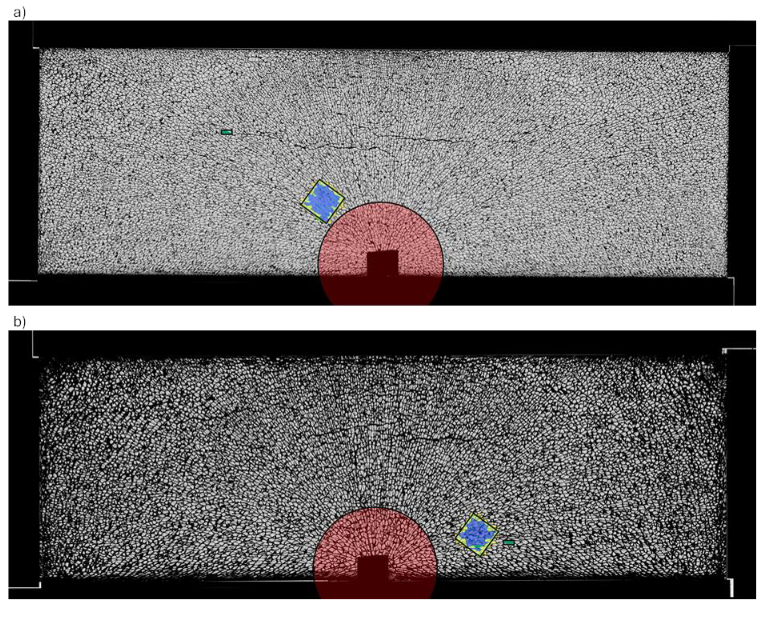Relation between edge stress, bending strength, surface stress and fracture pattern of thermally toughened glass

Abstract
Thermally toughened safety glass must meet safety requirements in the building industry. Here, destructive tests are defined in the product standards, which must be carried out on small, standardized format (360 mm x 1100 mm) glass elements to determine the fracture pattern and bending strength. This is costly and not in the interests of sustainability. As part of the quality control of optical anisotropy effects in tempered glass, isochromatic scans that can provide information on the edge stress are acquired. The evaluation of the isochromatics and retardations at the edge with deduction of the edge stress and transfer to bending strength and fracture pattern could provide essential findings for assuring the safety requirements of tempered glass. In this experimental investigation, the surface and edge stress were measured on standardized format thermally toughened safety glass, with different edge processing and glass thicknesses from three different suppliers. Afterwards, the fracture pattern is controlled, or the bending strength is analyzed in a
destructive four-point bending test. Conclusively, the results from the photoelastic and destructive tests are compared to determine whether the photoelastic measurement methods used to measure surface and edge stress can be employed as quality control.
Published
Issue
Section
Experimental & Numerical Investigations
License
Copyright (c) 2024 Lena Efferz, Kerstin Thiele, Miriam Schuster, Christian Schuler, Geralt Siebert, Jens Schneider

This work is licensed under a Creative Commons Attribution 4.0 International License.



